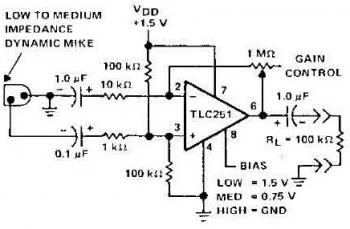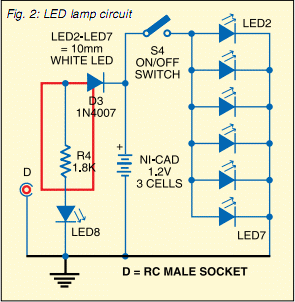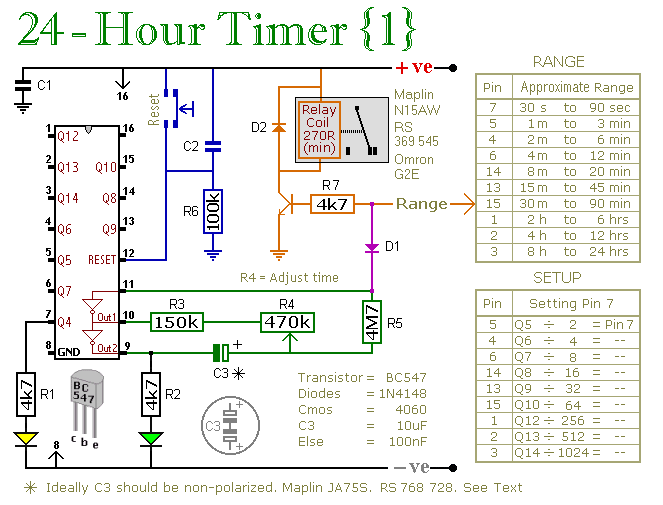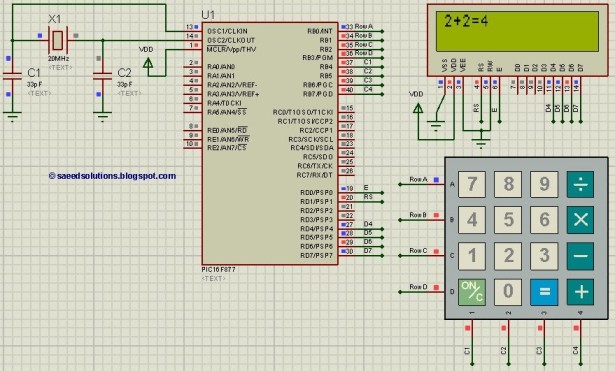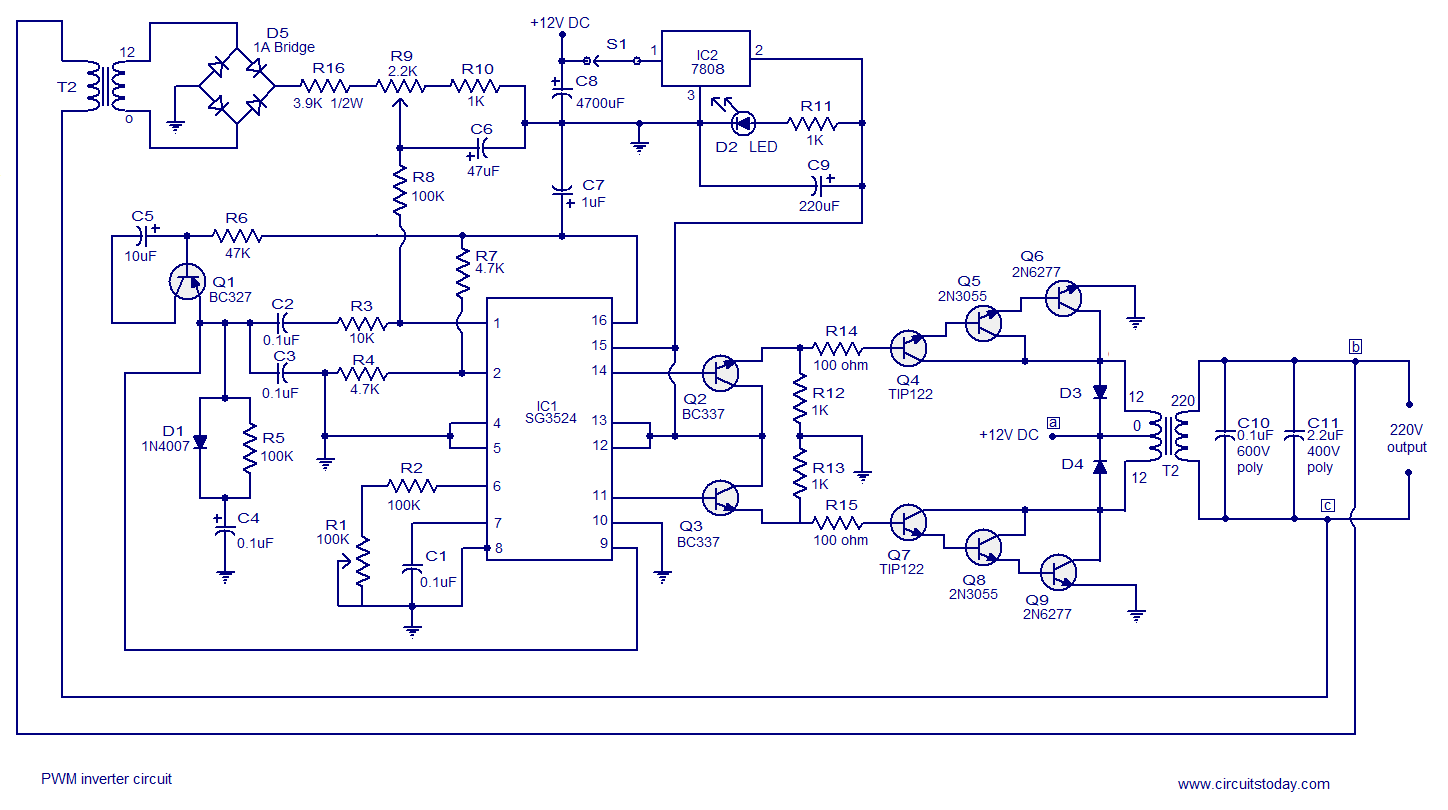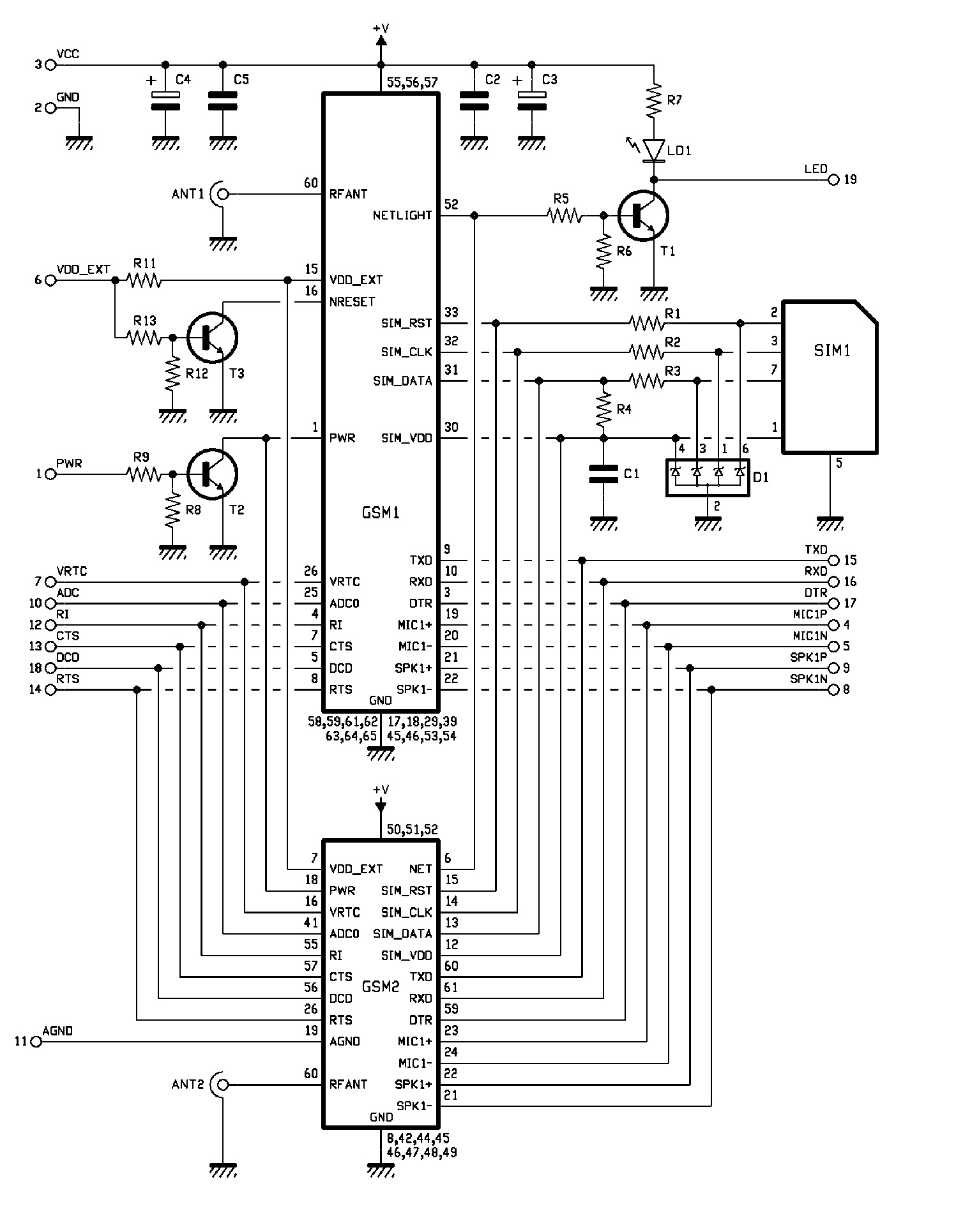
GSM BASED INDUSTRIAL AUTOMATION
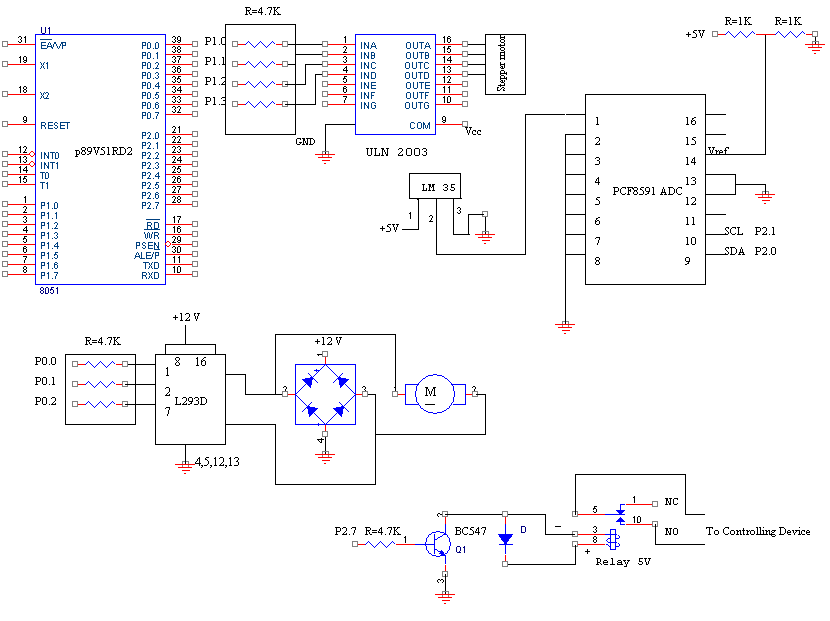
Traditionally, industrial equipment has been controlled through manual operation, requiring step-by-step updates. This method has been improved by a new communication mode that allows control of all equipment through a single message from any location. The Global System for Mobile Communication (GSM) is the most widely used mobile phone system globally and is suitable for this controlling operation. GSM serves as a medium to control and monitor industrial equipment remotely by sending messages. It possesses deterministic characteristics, enabling the monitoring and control of devices such as DC motors, stepper motors, temperature sensors, and solid-state relays via a GSM modem. This innovation eliminates the need for manual operations and transportation, making it a highly efficient communication method for industrial controls, automobiles, and appliances. Additionally, GSM is recognized for its cost-effectiveness, making it a preferred choice for remote control applications.
The integration of GSM technology into industrial control systems represents a significant advancement in automation and operational efficiency. By utilizing GSM modems, operators can send text messages to control various devices, enabling real-time monitoring and management of industrial processes. The system typically consists of a GSM module connected to a microcontroller, which processes incoming messages and activates the appropriate output devices based on the commands received.
For instance, when a user sends a command to start a DC motor, the GSM module receives the text message and forwards it to the microcontroller. The microcontroller interprets the command and sends a signal to the motor driver circuit, which in turn powers the DC motor. Similarly, for a stepper motor, the microcontroller can execute precise control commands that dictate the motor's movements.
Temperature sensors can also be integrated into this system, allowing for remote monitoring of environmental conditions. The GSM module can be programmed to send alerts or notifications if the temperature exceeds predefined thresholds, enabling timely interventions to prevent equipment damage or process failures.
Solid-state relays (SSRs) provide a reliable means of switching high-power devices on and off without mechanical wear, further enhancing the reliability of the system. By employing solid-state relays, the system ensures faster switching times and greater longevity compared to traditional electromechanical relays.
Overall, the deployment of GSM technology in industrial environments streamlines operations, reduces the need for manual intervention, and enhances the overall efficiency of equipment management. This system not only facilitates remote access and control but also contributes to significant cost savings in operational processes. As industries continue to evolve, the adoption of such communication technologies will play a crucial role in optimizing performance and ensuring seamless connectivity across various applications.In normal we used to control the industrial equipments by manual operation. Hence it is to be updated step by step manually. It is overcome by a new mode of communication which is used to control all those equipments through a single message from anywhere. GSM is the most popular mobile phone system in the world which could be used for this controlling operation from anywhere else.
GSM Global System for Mobile Communication is used as a media which is used to control and monitor the industrial equipments from anywhere by sending a message. It has its own deterministic character. Thereby, here GSM is used to monitor and control the DC motor, Stepper motor, Temperature sensor and Solid State Relay by sending a message through GSM modem.
Hence no need to waste time by manual operation and transportation. Hence it is considered as highly efficient communication through the mobile which will be useful in industrial controls, automobiles, and appliances which would be controlled from anywhere else. It is also highly economic and less expensive; hence GSM is preferred most for this mode of controlling.
🔗 External reference
The integration of GSM technology into industrial control systems represents a significant advancement in automation and operational efficiency. By utilizing GSM modems, operators can send text messages to control various devices, enabling real-time monitoring and management of industrial processes. The system typically consists of a GSM module connected to a microcontroller, which processes incoming messages and activates the appropriate output devices based on the commands received.
For instance, when a user sends a command to start a DC motor, the GSM module receives the text message and forwards it to the microcontroller. The microcontroller interprets the command and sends a signal to the motor driver circuit, which in turn powers the DC motor. Similarly, for a stepper motor, the microcontroller can execute precise control commands that dictate the motor's movements.
Temperature sensors can also be integrated into this system, allowing for remote monitoring of environmental conditions. The GSM module can be programmed to send alerts or notifications if the temperature exceeds predefined thresholds, enabling timely interventions to prevent equipment damage or process failures.
Solid-state relays (SSRs) provide a reliable means of switching high-power devices on and off without mechanical wear, further enhancing the reliability of the system. By employing solid-state relays, the system ensures faster switching times and greater longevity compared to traditional electromechanical relays.
Overall, the deployment of GSM technology in industrial environments streamlines operations, reduces the need for manual intervention, and enhances the overall efficiency of equipment management. This system not only facilitates remote access and control but also contributes to significant cost savings in operational processes. As industries continue to evolve, the adoption of such communication technologies will play a crucial role in optimizing performance and ensuring seamless connectivity across various applications.In normal we used to control the industrial equipments by manual operation. Hence it is to be updated step by step manually. It is overcome by a new mode of communication which is used to control all those equipments through a single message from anywhere. GSM is the most popular mobile phone system in the world which could be used for this controlling operation from anywhere else.
GSM Global System for Mobile Communication is used as a media which is used to control and monitor the industrial equipments from anywhere by sending a message. It has its own deterministic character. Thereby, here GSM is used to monitor and control the DC motor, Stepper motor, Temperature sensor and Solid State Relay by sending a message through GSM modem.
Hence no need to waste time by manual operation and transportation. Hence it is considered as highly efficient communication through the mobile which will be useful in industrial controls, automobiles, and appliances which would be controlled from anywhere else. It is also highly economic and less expensive; hence GSM is preferred most for this mode of controlling.
🔗 External reference
Warning: include(partials/cookie-banner.php): Failed to open stream: Permission denied in /var/www/html/nextgr/view-circuit.php on line 713
Warning: include(): Failed opening 'partials/cookie-banner.php' for inclusion (include_path='.:/usr/share/php') in /var/www/html/nextgr/view-circuit.php on line 713
